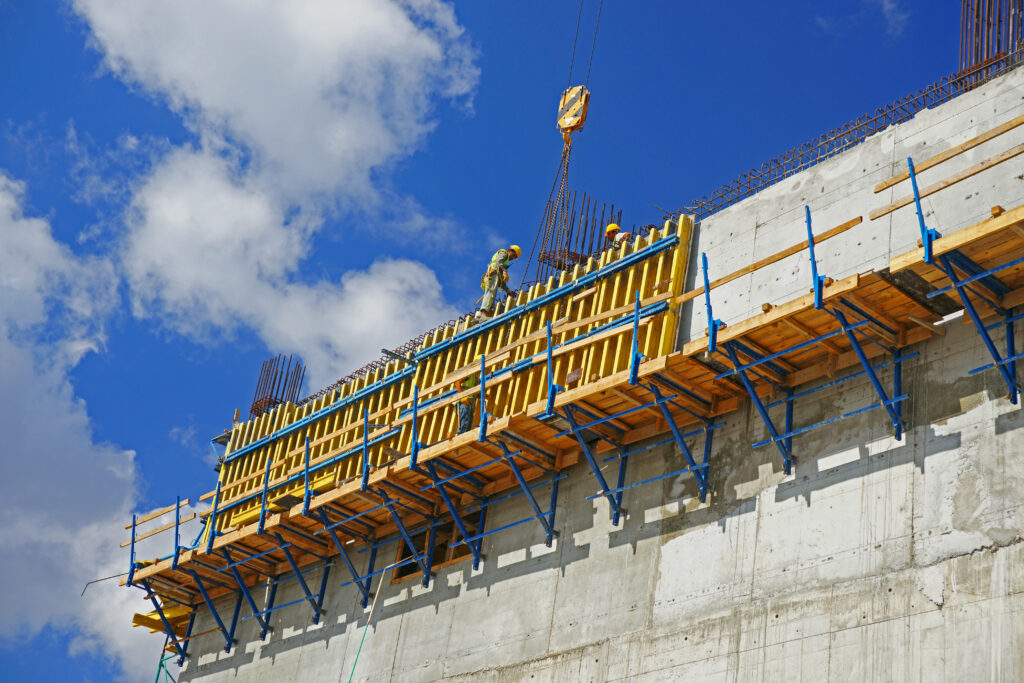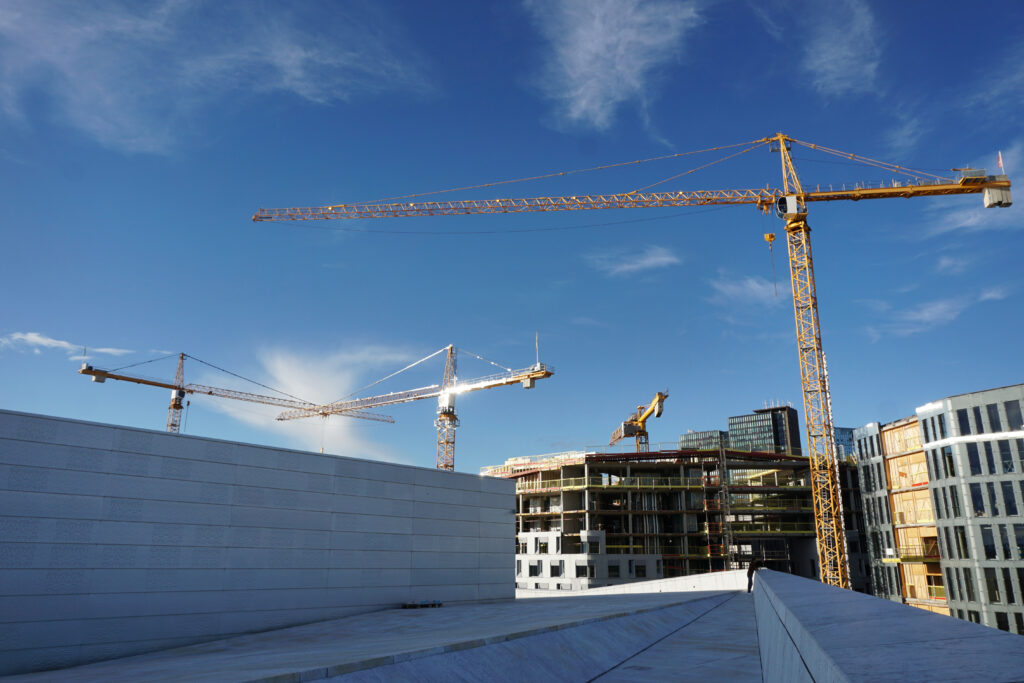AV Infratech Structural Systems Specialists in Post Tensioning
Post Tensioning Advantages



Post-tensioning offers several advantages over traditional reinforcing methods. It allows for the construction of thinner and lighter concrete members, reducing material and construction costs. The technique also provides increased flexibility in design, enabling the creation of larger spans and more creative architectural forms. Moreover, post-tensioning improves the structural performance of concrete elements. It minimizes cracking and deflection, enhances load-carrying capacity, and increases resistance to seismic forces. This makes post-tensioned structures ideal for a wide range of applications, including bridges, parking structures, high-rise buildings, and slabs.
Post-tensioning offers several advantages over conventional reinforcement methods in concrete structures. Here are some key benefits of post-tensioning:
Post-tensioning allows for the application of significant compressive forces on the concrete, resulting in increased structural strength and load-carrying capacity. The prestressing force helps counteract the tensile forces that the structure will experience, reducing the potential for cracking and improving overall structural performance.
Post-tensioning enables the construction of longer spans between supports. By applying prestressing forces, the tendons help distribute the loads over larger areas, reducing the need for additional support elements such as columns or beams. This allows for more open and flexible architectural designs and reduces the number of structural elements required.
Post-tensioning can lead to significant material savings. By using high-strength tendons, the amount of concrete and reinforcement steel required in a structure can be reduced. This not only results in cost savings but also makes the structure lighter and more efficient.
The grouting process in post-tensioning protects the tendons from corrosion and enhances their long-term durability. The grout fills the voids and ensures a tight bond between the tendons and the surrounding concrete, reducing the risk of moisture ingress and corrosion damage. This increases the service life of the structure and reduces maintenance requirements.
Post-tensioning helps control cracking in concrete structures. By applying compressive forces to the concrete, tensile stresses are minimized, reducing the occurrence and width of cracks. This is particularly beneficial in structures exposed to shrinkage, temperature variations, or external loads, as it enhances the overall durability and aesthetics of the structure.
Post-tensioning provides greater flexibility in architectural and structural design. The ability to span longer distances and reduce the number of support elements allows for more creative and versatile designs. Post-tensioning can be employed in various types of structures, including buildings, bridges, parking structures, and containment vessels.
Post-tensioning can expedite the construction process. By using pre-stressing techniques, larger sections of a structure can be constructed in a shorter time frame. Additionally, the reduced need for additional support elements and materials streamlines the construction process and reduces overall construction time and costs.
